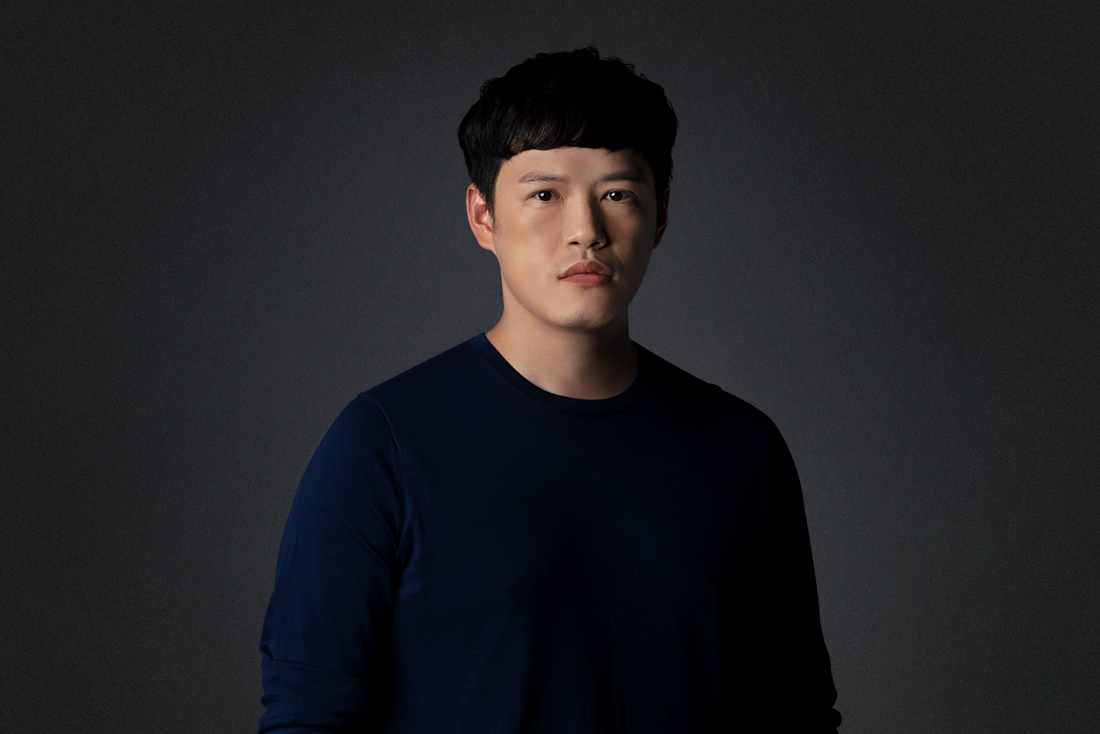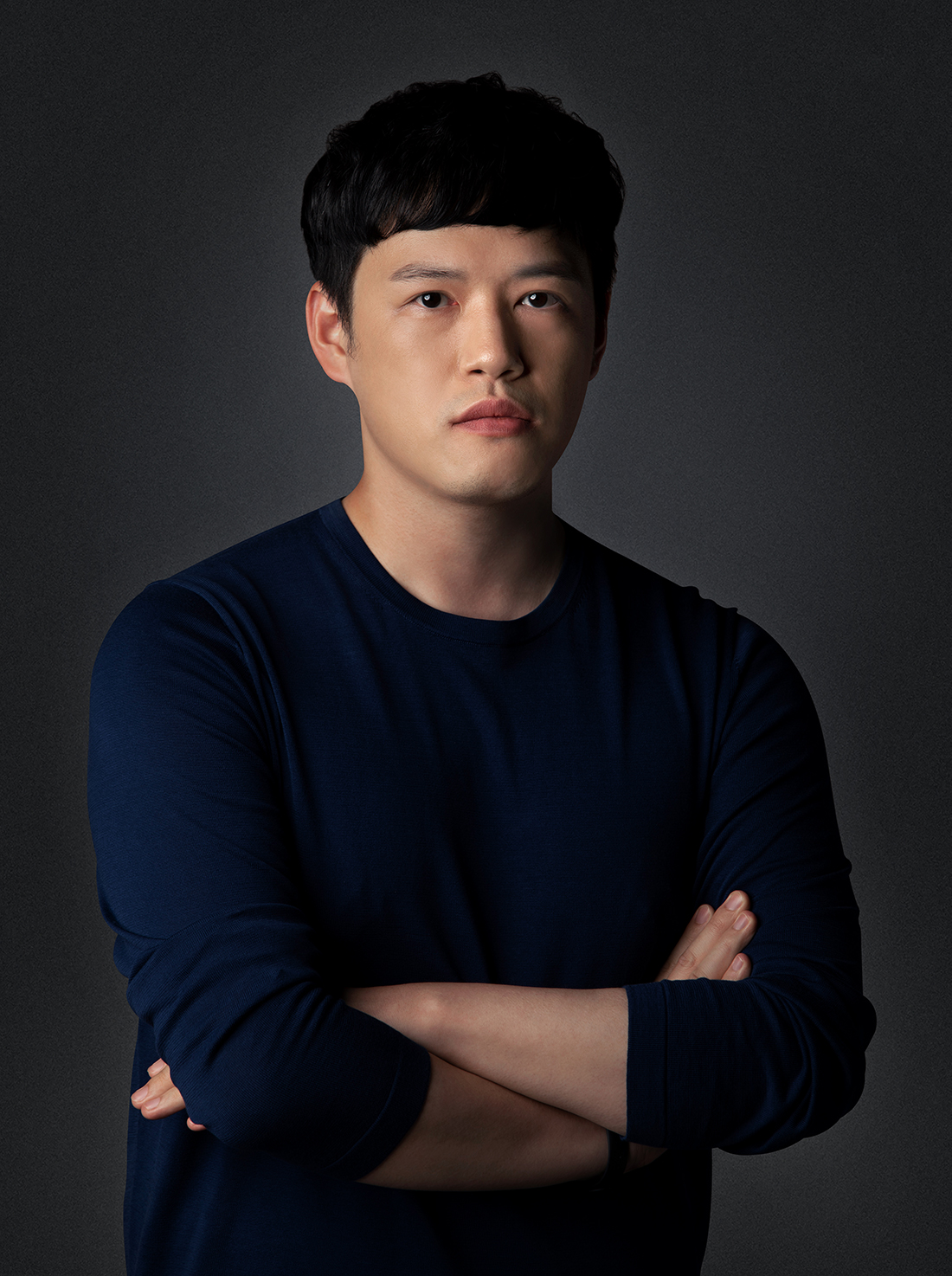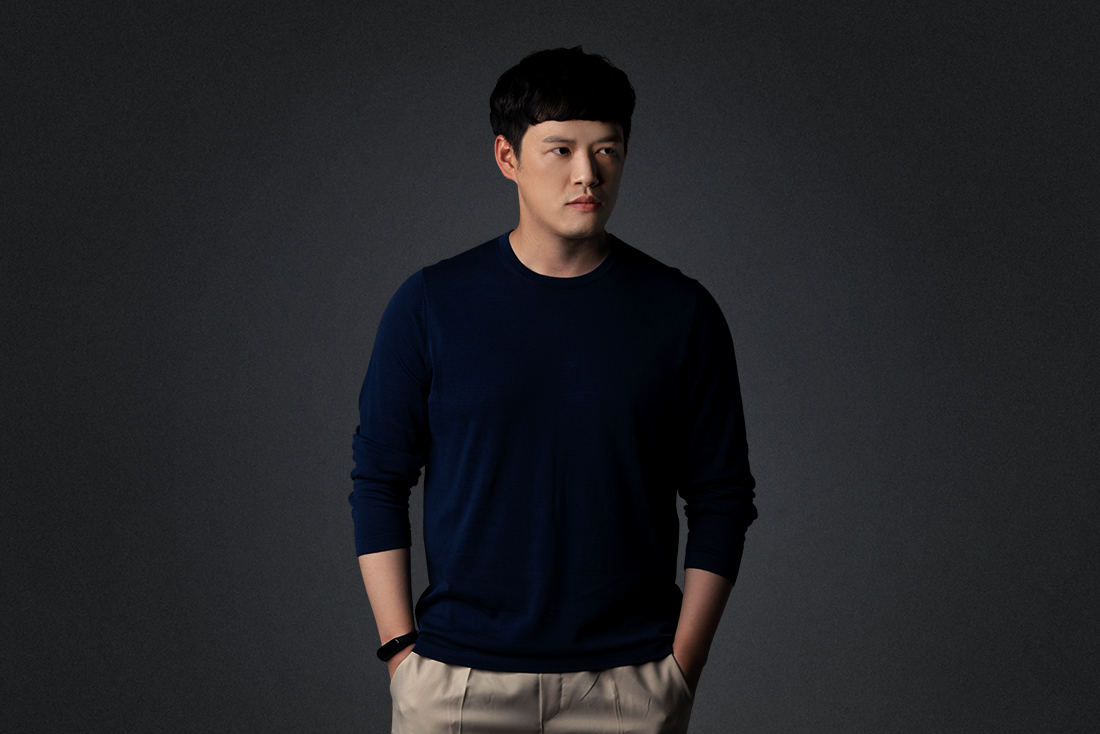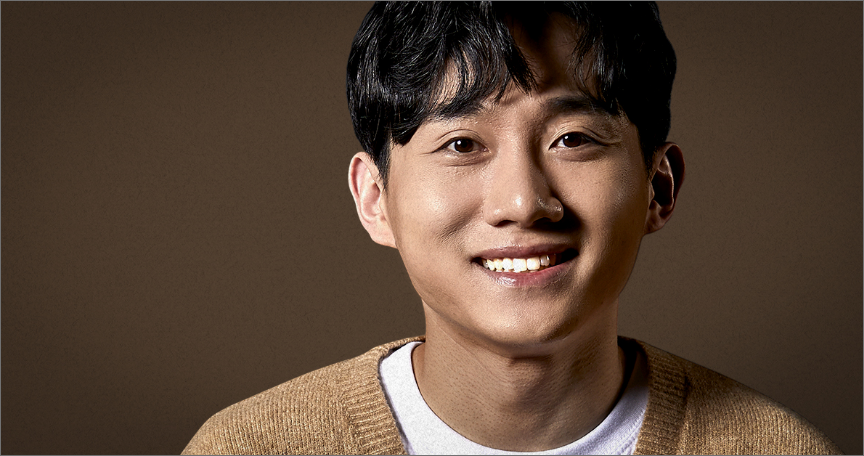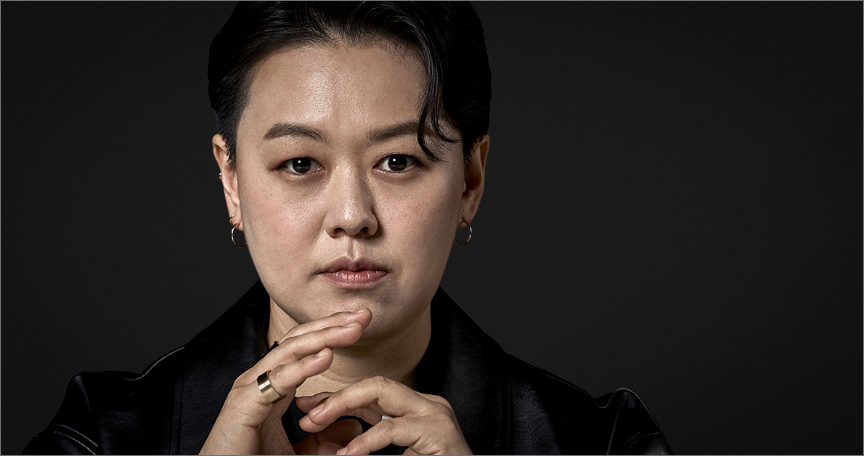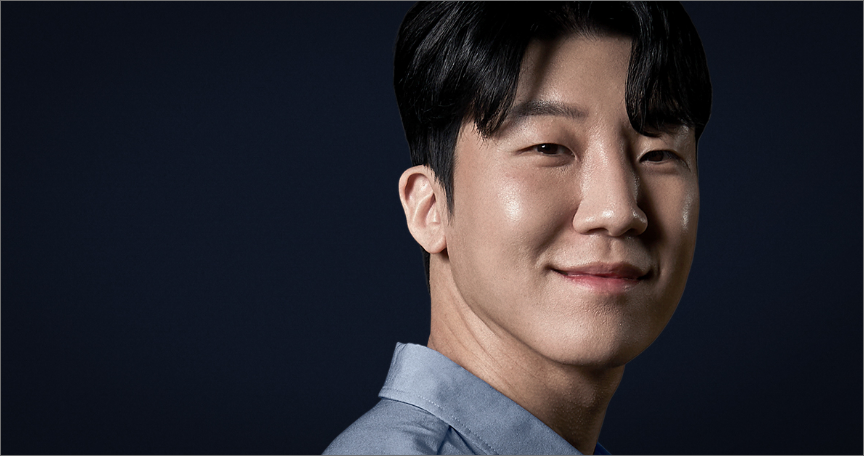Creating a game is to create a world that does not exist. It is the hard work of many people that becomes the building blocks for the wonderful world that we view on the screen.
It is not an easy work; however, NC firmly believes in the value of ‘fun’. Professionals from various fields are gathered in NC, making serious efforts to think and imagine new fun. This persistent efforts to create fun determines the quality of the output.
NC never makes a compromise on quality. The foundation of NC’s quality lies in its ‘originality.'
 Facebook
Facebook  Twitter
Twitter  Reddit
Reddit  LinkedIn
LinkedIn  Email
Email  Copy URL
Copy URL 